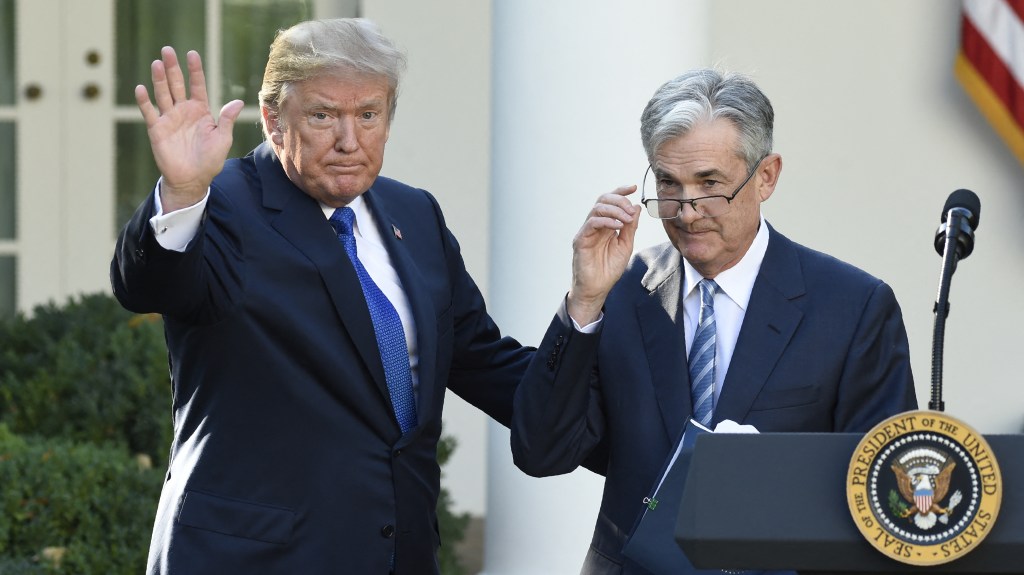Funding Review Day: Understanding the Implications for Public Services
Wednesday marks the anticipated spending review day, during which a flurry of claims and reactions will emerge. Here’s a breakdown of what to expect.
First, it’s essential to clarify that this occasion will not reveal the overall spending level being set by the chancellor, as that information has already been disclosed. The focus of Wednesday will instead be on how the allocated funds will be distributed among various public services, shedding light on the government’s priorities.
Second, it’s worth noting that this review should not encompass decisions tied to pensions and welfare, which are excluded from this process. If there are announcements regarding winter fuel payments, it would conflict with the prime minister’s assertion that such decisions will be addressed in the autumn budget, not in this review which is not classified as a fiscal event and will lack an Office for Budget Responsibility forecast.
Third, interpreting Rachel Reeves’ statements will require consideration of two aspects: she manages two separate budgets—one for capital expenditures, which includes infrastructure like buildings and roads, and another for day-to-day spending, primarily affecting salaries for teachers, nurses, and military personnel. Modifications to these budgets should be articulated distinctively.
The spending review will outline funding for the fiscal years 2026-27, 2027-28, and 2028-29, plus capital spending for 2029-30. Significant spending increases announced last year are already built into the budget baseline, though there may be attempts to obscure this fact.
Recently, there have been reports suggesting an additional £300 billion in spending over the parliamentary term. While £300 billion is undoubtedly substantial—equivalent to half of all annual departmental spending—it does not imply that spending will experience a 50% rise by the end of the parliament.
What this figure represents is the total spending under existing plans compared with previous, more exaggerated plans set by the last government, cumulatively assessed over five years. Such figures can sound impressive, but their meaningfulness can be debated.
In reality, spending is anticipated to rise only modestly in real terms moving forward. Day-to-day spending is projected to increment by approximately 1.2% annually on average, while capital spending is expected to increase by 1.3% per year. This indicates that this spending review may stand as one of the most constrained in recent history, aside from the austerity measures of the early 2010s.
However, particularly in terms of capital spending, the situation is improved due to some significant contributions from previous government investments. The current government has also propelled investment to its highest levels in decades. Consequently, there will be adequate funding for capital projects, and the government is justified in highlighting this fact. Yet, it’s crucial to note that any modest increase in capital spending planned for the next four years is earmarked exclusively for defense expenditures.
In contrast, day-to-day spending looks considerably more challenging. After increasing by roughly 2.5% in real terms over the last two years, projections indicate that the next three years will see only an average increase of 1.2% per year. While an increase might sound positive, it essentially means that numerous government departments will face budget cuts or, at the very least, stagnation.
This predicament primarily arises from the National Health Service (NHS), which consumes nearly 40% of the day-to-day public services budget and typically receives more than the average projected increase. Historically, the NHS has grown at about 2% more per year than other departments over the past 25 years.
Particularly telling will be the figure of 2.5%. Should the Department for Health and Social Care receive an annual increase of this magnitude, it would leave no financial room for augmenting other departmental budgets. Speculation suggests that health funding may rise above this, potentially 2.8% or even 3% per year, inevitably leading to cuts in other sectors.
While cuts to public service budgets are feasible—following substantial spending growth in prior years—they are likely to require careful prioritization. Achieving necessary improvements in public sector productivity might necessitate reductions in employment, wages, and the scope of public services offered by the government.
Finally, a critical aspect to monitor will be whether the government provides feasible plans for implementing any proposed cuts. In the absence of such plans, we may face turbulent times ahead.
Paul Johnson is the director of the Institute for Fiscal Studies. Follow him on Twitter @PJTheEconomist




Post Comment